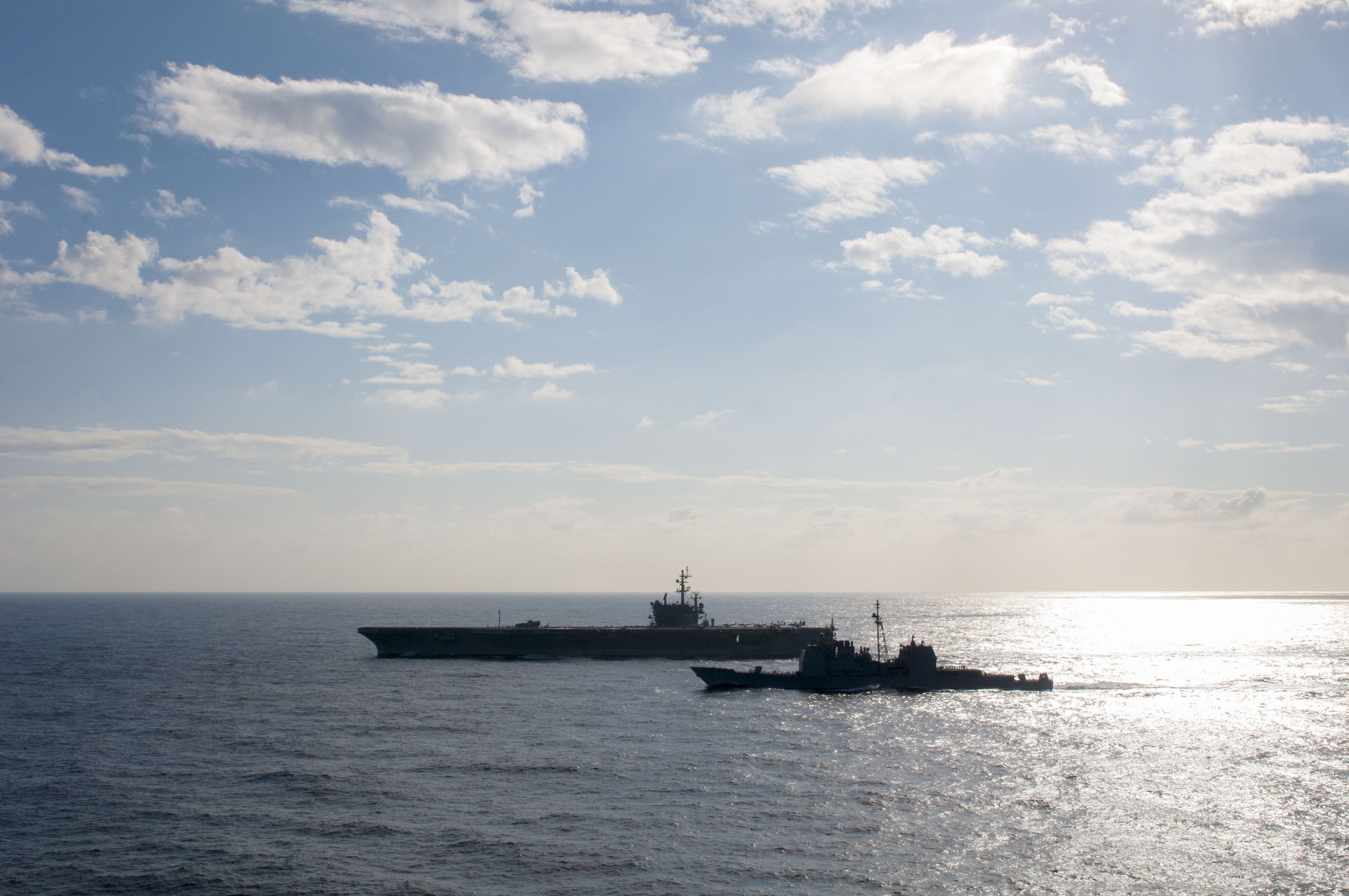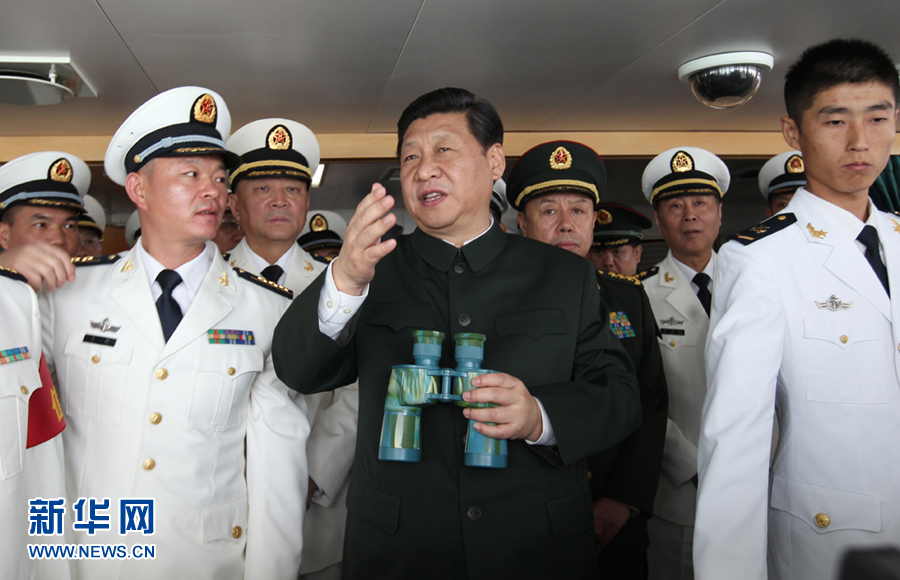
WASHINGTON, D.C. – An independent review on the U.S. rebalance to the Pacific concluded the U.S. should study forward deploying a second carrier to the Western Pacific, one of the authors said before the Senate Armed Services Committee on Wednesday. The study from the Center of Strategic and International Studies echoes call to station a second U.S. Navy carrier from SASC chair Sen. John McCain and a second independent review of Navy force from late last year to study forward deploying a second nuclear carrier to U.S. 7th Fleet.
The CSIS report came short of recommending the move but indicated crunching the numbers on what it would take warranted further study.
“We didn’t come out with a hard recommendation on this because there are operational questions, cost and infrastructure questions,” Michael Green with CSIS said in response to a question from Sen. Mazie Hirono (D-Hawaii).
The most likely location for a second carrier would be alongside the existing U.S. forward deployed carrier berth in Yokosuka, Japan but while there is space for the carrier questions linger where to put the accompanying airwing.
“If you deploy this new carrier in Yokosuka you have to find a place for the airwing. [Marine Corps Air Base] Iwakuni, could be expanded but that’s a political lift for the Japanese government in terms of host nation support,” Green said.
When the CSIS report was released last month, the notion of deploying a second carrier to the Western Pacific received press attention in Japan “and there was not a lot of push back. A number of the senior officials and military officers in Japan were quite intrigued because of the signal it sends and the firepower it brings,” Green said.
“It addresses a concern our allies have – the 7th Fleet’s one carrier is out of [U.S. Pacific Command] a lot. They watch that. They would have constant coverage – what in their view in an increasingly difficult region.”
That difficulty is resident primarily in China’s People’s Liberation Army’s (PLA) expansion and increased presence in the South China Sea and the East China Sea with a government in Beijing that is comfortable with taking more risks militarily, Green said.
“We’re probably going to be living with this [friction] for five our ten years because its built into the PLA’s operational concepts, force structure, their doctrine. The Foreign Ministry and others in the China system are not going to knock them off of that trajectory. In my view: it’s if the Chinese economy slows down or not.”

The CSIS report also outlined the inconsistent presentation of the goals of the U.S. Pacific rebalance by Washington and how tightening up the message could send a clearer signal to China and U.S. allies.
“The kind of networking cooperation that incentivizes China to play within the rules, the kind of capacity building for the Philippines and for smaller micro states, so they can handle earthquakes and tsunamis in a way where they’re not vulnerable strategically and where we have a trade agreement, that’s what we should be thinking about,” Green said.
“If we do think in those terms it will add some discipline to how the administration and others articulate our strategy… We’re not looking to contain China, we’re looking for a rules base order and here’s how it might look with our relationship with our allies and other partners. ”
Retired Marine Lt. Gen. Thomas Conant, former deputy commander of Pacific Command and an advisor on the report, said the United States needs to send “a clear and concise message [on] what rebalance means.”
China has become more assertive for a number of reasons, Green said. That includes President Xi Jinping not coming from that part of the Communist Party that holds Deng Xiaoping’s more accommodating view of Beijing’s role in the world. It also arises from the mistaken conclusion Chinese leaders drew from the 2008-2009 financial crisis impact on the United States that “America’s best days are over” as a great power.
To nations such as the Philippines and Vietnam who see an expansionist China, “they want more of us,” but “they don’t want bases,” Green said. He suggested a model might come from the rotational movement of U.S. forces or even patrol vessels from Japan in and out of those countries, similar to that in Australia.
“An elective security arrangement like NATO, almost no one wants that… that would produce a China we don’t want, Green said.
“We’re not looking to contain China, we’re looking for a rules base order and here’s how it might look with our relationship with our allies and other partners.”
Even with China’s economy slowing from 9 percent growth to between 3 to 4 percent annually, Green warned against making the same mistake China made with the United States eight years ago. He said the results could be “a more humble China” or a “more nationalistic and grumpy” nation in five years.
As for the slowdown affecting the Chinese military modernization drive, especially in its maritime forces, Conant added, “I don’t see it slowing down.”





